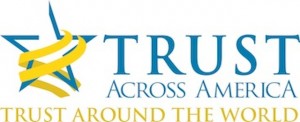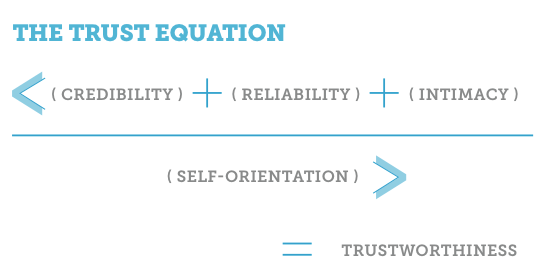It’s Week #30 of 2016. This latest article is part of a series drawn from our 3rd annual 2016 Trust Poster….now hanging in hundreds of offices around the world. Get yours today!
52 Ideas That You Can Implement to Build Trust
Lea Brovedani offers this week’s advice. Lea is a member of our Trust Alliance.
“If you can’t do something, admit it”
Being honest and authentic has a powerful affect on people you lead. Many leaders are afraid to show they don’t know something because they believe they will be viewed as less authoritative and knowledgeable. The opposite is true. You are in charge because you have the competency to lead but it doesn’t mean you are expected to have all of the answers. As Kouzes and Posner state, “A leader must model the way”. If you want to have your followers be honest with you, it must start with you being honest with them.
By admitting you don’t have all of the answers and are willing to learn, you allow your team to disclose areas that need to be addressed, and isn’t that a good thing?
Will you choose to implement this valuable advice in your organization this week? If not, ask yourself “why not?”
Barbara Brooks Kimmel is the CEO and Cofounder of Trust Across America-Trust Around the World whose mission is to help organizations build trust. Now in its seventh year, the program’s proprietary FACTS® Framework ranks and measures the trustworthiness of over 2000 US public companies on five quantitative indicators of trustworthy business behavior. Barbara is also the editor of the award winning TRUST INC. book series and the Executive Editor of TRUST! Magazine.
Copyright 2016, Next Decade, Inc.



Recent Comments